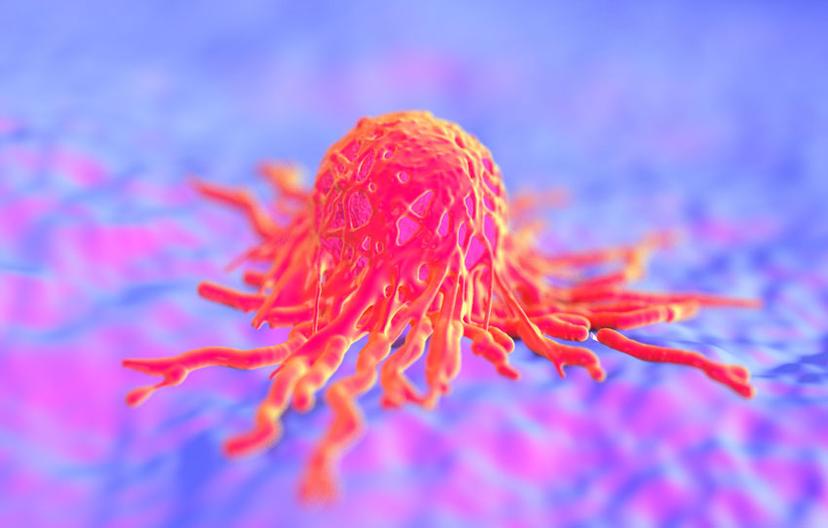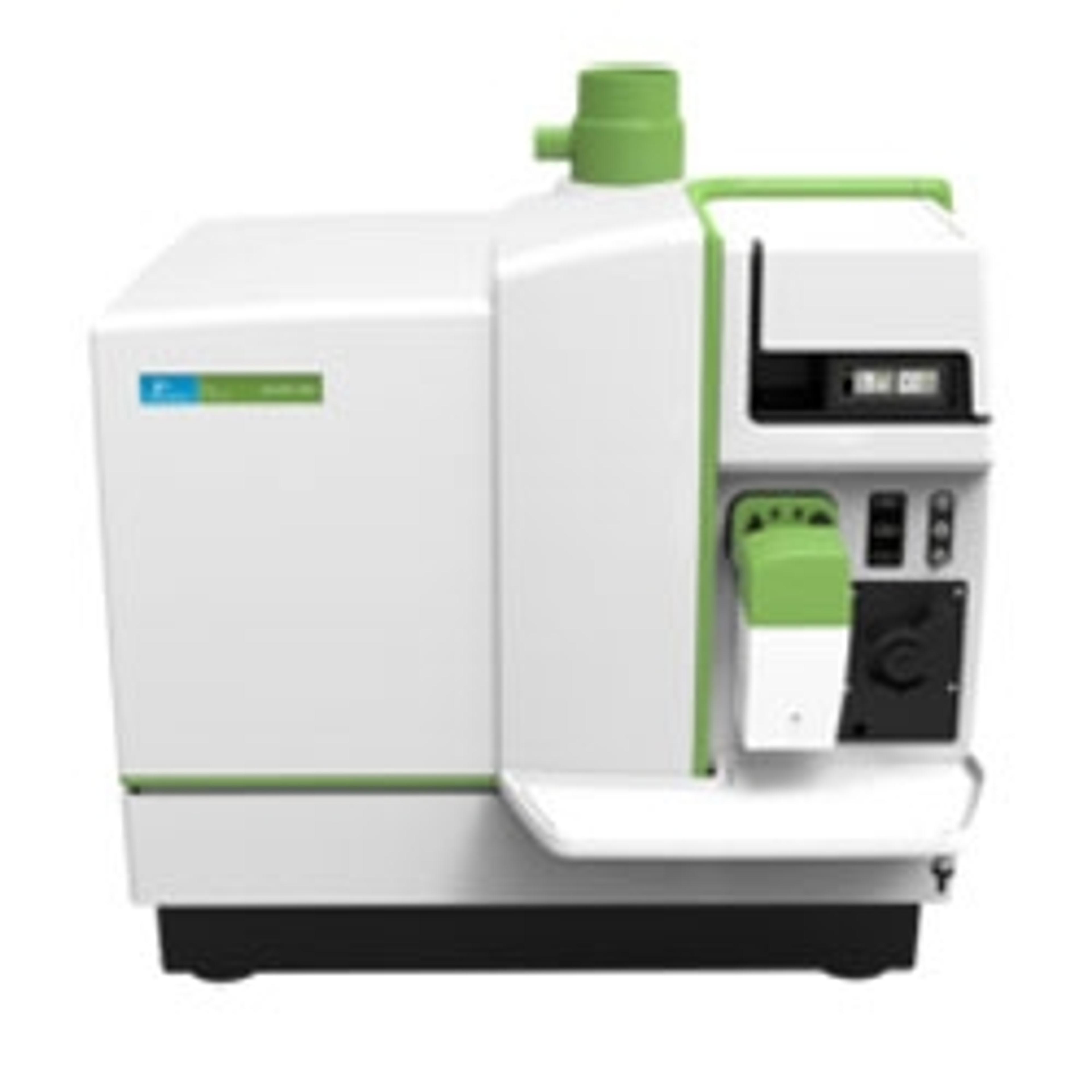Webinar Highlights: How Single-Cell Inductively Coupled Plasma Mass Spectrometry (ICP-MS) is Advancing the Analysis of Drug Therapies
Learn how studying metal uptake at a single cell level is helping to assess cancer drug performance and create more effective therapies
21 Jun 2017


In a recent webinar Lauren Amable, Ph.D., Staff Scientist, National Institute on Minority Health and Health Disparities (NIMHD) and Chady Stephan, Ph.D., Product Manager for Customer Solutions, PerkinElmer, Inc. discussed how the use of single cell ICP-MS is enabling researchers to see how effective a cancer drug is performing for each and every cell in a tumor.
Read on for highlights from the Q&A session or watch the webinar on demand to learn more about the background of this methodology and how it is being implemented to investigate cisplatin uptake in single cancer cells to help develop better therapies. You can also download related application notes for an introduction to single cell ICP-MS and more information on cisplatin uptake in ovarian cancer cells by single cell ICP-MS.
Regarding the single cell sample introduction system hardware, how do you introduce the cells from a vial into the Asperon™ spray chamber?
CS: The sample is introduced through the autosampler. The autosampler is equipped with two syringes and three injection loops where the sample is gently agitated prior to sampling. A precise aliquot is sampled through the sample injection loop; from the loop, the sample is introduced into a high-efficiency nebulizer designed for cells. Ensuring that cells do not burst during the nebulization process is probably the most critical factor when performing single cell ICP-MS. The R&D team at PerkinElmer carefully optimized the hardware ensuring cells stay intact during sampling and nebulization into the AsperonTM spray chamber.

How do you check that you introduce a single cell per each time interval into the plasma?
CS: The introduction system validation was done by using polystyrene beads embedded with metals, simulating single cells. This standard is also used to calculate the transport efficiency of the introduction system and important parameters that allow us to calculate the number of cells in the solution. As for preventing cells from aggregating, as Lauren mentioned, when she prepares her samples, she uses techniques that ensure cells are well suspended. The single cell autosampler will also agitate the samples prior to injection.
How is the quantification performed and what is your standard?
CS: Quantification is performed using the single cell application module, the process was briefly covered in the webinar. For calibration, we use regular ionic standards, the same standards that one would use for ICP-MS, and the software will convert the pulse or the signal generated from a single cell metal content into a quantitative time-based intensity.
What is the transport efficiency of the nebulizer?
CS: From the experiments we have completed using the polystyrene beads, we find the transport efficiency is between 30-50%, depending on the sample flow rate and the operating conditions. I know it is a wide range but it really depends on the buffer that you are using to suspend your cells.
Can single cell ICP-MS be used to measure any metal inside of individual cells?
LA: Yes. The limitation, as I discussed, is part the metals in the resuspension buffer and part the cellular metal concentration. Each cell has its own metal signature, as I like to call it, reflecting both the signaling process and metabolic needs. For example, cells having low levels of copper – in this case it can be done, but the resuspension buffer must not contain high levels of copper that might mask the result. It is all about balancing that signal-to-noise ratio. We have had some success measuring a lot of metals within the cells, and are refining the methods.
Is the capability to perform single cell ICP-MS limited to the NexION® Series?
CS: Yes. The PerkinElmer NexION Series of ICP-MS were engineered with high speed of data acquisition rate down to 6 million data points per minute. This speed of acquisition rate enables such applications like single cell, where the high-speed data acquisition rate is key.
Did you find that the technique of single cell ICP-MS was a difficult one to learn?
LA: The technique for single cell ICP-MS was not difficult at all to learn. I run my ICP-MS in traditional mode, so making that transition was not difficult. I’m a classically trained molecular biologist so it is very like flow cytometry. The hardest thing in developing this was making sure that I had a nice single cell population – that is what I would say is the most difficult – but really, it is not that difficult.
Is this technique suitable for the determination of gold in nanoparticles in cell uptake experiments?
CS: Yes, you would be able to look at particle uptake by any cellular organism. In addition, one can also quantify the number of particles per unicellular organism. On this topic, we have an application note that was produced in collaboration with the Center for Environmental NanoScience and Risk at University of South Carolina – Dr. Jamie Lead and Dr. Ruth Merrifield monitored the uptake of nanoparticles and ionic/dissolved gold by fresh water algae using single cell ICP-MS.
If we are to find a nutritional/endogenous element that is statistically different between cancer and non-cancer cells – does that mean single cell ICP-MS is a free tagging technique?
LA: Yes – if you find an element where you have a statistical difference between two different cell types, you do not need to tag your cells. The element itself serves as a tag for the cell and single cell ICP-MS would facilitate the distinguishing of one cell type from another or quantitate the number of cells within a population that contain one of the metals verses another.

